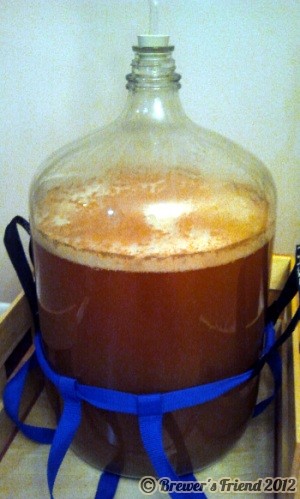1.05 is launched – Brew Timer
Saturday, February 18th, 2012Thank you to everyone who wrote in with suggestions for improving 1.04. This release was focused on an innovation we created called the Brew Timer. More information on that below. We also made some basic user interface improvements (very small changes), added additional yeasts, and updated the scaling logic.
The 1.05 launch includes:
- Ability to scale recipes as small as 1 gallon or 1 liter.
- Added Fly Sparge and Sparge as options under Mash Step type drop down.
- Added 10 additional Wyeast varieties (special release strains).
Advanced Mode in the Recipe Builder:
In case you have never tried it, the OG/FG panel expands and allows you to choose which equations are used to calculate ABV, IBU, and SRM. The expanded view shows the stats for the target style. The selected equations are customizable on a per recipe basis. The defaults can be setup in your account profile.

Clicking on the ‘More…’ button (or the triangle on the far left) expands the advanced options for the recipe:

Brew Timer:
Currently in BETA (running inside an alpha release), we are proud to roll out the new Brew Timer feature in version 1.05. You will never need to worry about missing a step in the brewing process with this little beauty. First design your recipe then click on the Brew tab. From there click on the Brew Timer tab. This widget will walk you through your entire brew, start to finish, based on the step profile generated for your batch. It has built in timers! The mash steps, and each boil addition gets their own timer. Everything is planned out in advance, and you won’t forget to add your hops at just the right time. The Brew Timer is in beta right now, so we encourage folks to play with it but not rely on it at this point.

With the Brew Timer, no more printing out papers and no more fiddling with a clock timer. We would like to hear your suggestions on Facebook, via comments on this blog post, or through our feedback page.
What’s next:
The next release will focus on automatic calculation of Brewhouse Efficiency and ABV through the Brew page and Brew Log records.




















